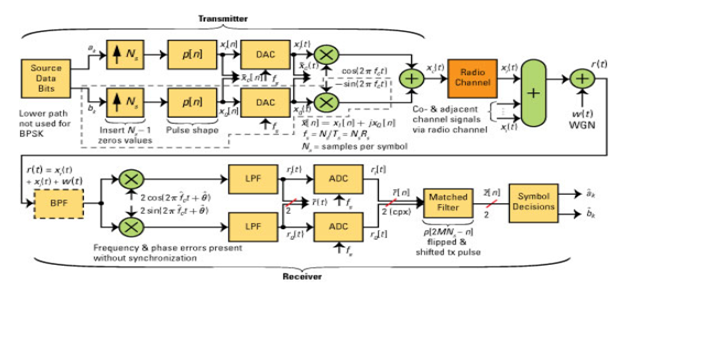Answered step by step
Verified Expert Solution
Question
1 Approved Answer
The IQ signal x c ( t ) has associated complex envelope, Note that you can get the original signal x c ( t )
The IQ signal xc(t) has associated complex envelope,

Note that you can get the original signal xc(t) by multiplying (spinning) the complex envelope by the complex sinusoid

Step by Step Solution
There are 3 Steps involved in it
Step: 1

Get Instant Access to Expert-Tailored Solutions
See step-by-step solutions with expert insights and AI powered tools for academic success
Step: 2

Step: 3

Ace Your Homework with AI
Get the answers you need in no time with our AI-driven, step-by-step assistance
Get Started


